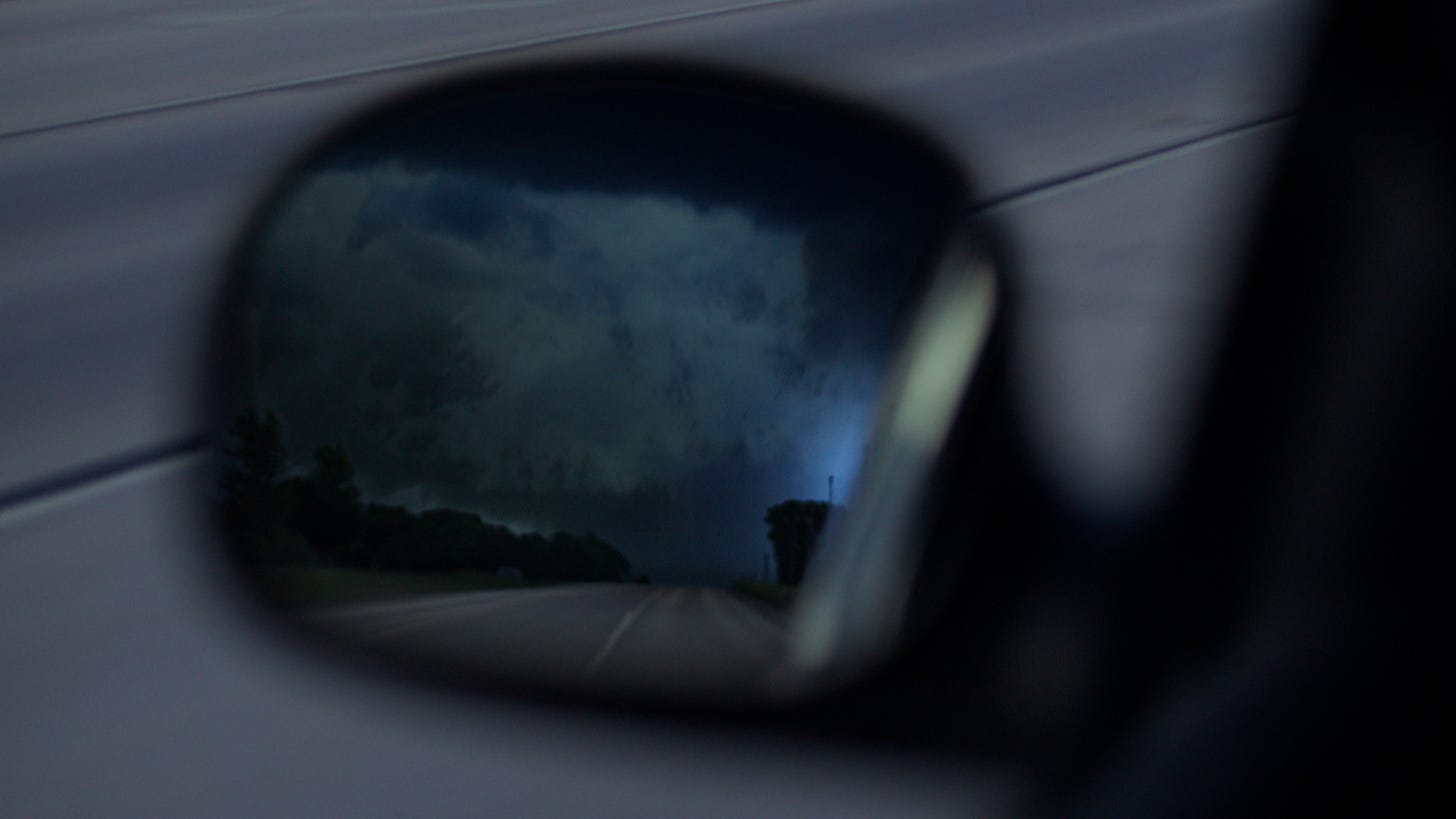Creating a Realistic Tornado in The Twister: Caught in the Storm
Lux Aeterna enhanced the look of the documentary while maintaining a dramatic yet realistic visual balance
The Twister: Caught in the Storm follows the real-life story of the 2011 EF5 tornado that struck the small town of Joplin, Missouri, causing near complete devastation within 30 minutes. The Netflix feature-length documentary focuses on a group of teenagers who were celebrating their high school graduation and lived to reflect on the fateful events. To help supplement the narrative, VFX studio Lux Aeterna stepped onto the project, creating realistic tornado visuals.
“We wanted to stray away from the traditional documentary format and have a more cinematic version of events, from the young people’s point of view,” explains director Alexandra Lacey. “But it was important to remember that while the story is shocking, it was still very real. Introducing VFX helped balance the two by creating a clear divide.”
Stock and archival references
A significant portion of the documentary’s visuals were archive footage, helping to keep the narrative rooted in reality and showing the tangible, brutal effects of the storm. Many residents of Joplin filmed the incident as it was happening, some of which is seen in the documentary. The team also used stock footage as accompanying B-roll.
“These videos helped us form the basis of our storm recreation,” says Tav Flett, Compositing Supervisor at Lux Aeterna. “We used them as comp plates, building from the real videos to create more compelling and dynamic assets to immerse the audience as much as possible.”
Twister: Caught in the Storm was rooted in factual storytelling but took visual cues from the likes of Stranger Things and the feature film Twister. These clear stylistic references made Lux Aeterna’s role even more crucial–tasked with creating a look that was both grounded and cinematic. To further elevate the visual impact, the production team also commissioned a separate, bespoke prop shoot.
Preparing for the storm
“The Lux Aeterna team brought in DoP Gavin Thurston to carry out a high-speed prop shoot which would match my cinematography shot in the US,” explains David Vollrath, the documentary’s Director of Photography. “These images would later be integrated within the VFX studio’s swirling CG tornado.” Thurston shot on a Phantom Flex 4K to ensure that when played in slow-motion, the props would still look high-quality in line with the rest of the visuals.
“We chose quintessential American items like the flag, a pair of sneakers, and a high school exit sign,” continues Flett. “This made the asset especially relevant to the narrative–it wasn’t just any tornado shot.” Having these stereotypical elements also fed into the visual brief of a dramatised, adolescent perspective.
Pulling it together
Most of the work on the tornado was in compositing to ensure maximum attention to detail. The Lux Aeterna team primarily used Nuke, then Maya for volume builds, all the while overlaying wind and water particles to bring the storm to life.
The team also worked on GFX shots, enabling the CG, native footage, and confessionals to tie together neatly. They opted for a radar style created by Lux Aeterna’s Compositing Director, Steve Burrell–a style often seen in weather reporting and measurement.
In total, Lux Aeterna delivered 14 shots for the documentary, helping Lacey and the production team at Raw to perfect the vision. “This project was an absolute pleasure to work on, and the team had a great deal of creative freedom in the process,” concludes Lux Aeterna’s Executive Producer, Emma Kolasinska. “It empowered us to demonstrate our natural disaster VFX skills and got us thinking on our feet to create the perfect visuals to accompany the storyline.”
For more news and features from the world of VFXm Games and Animation. Please subscribe.
Got news? Please contact us below today…





